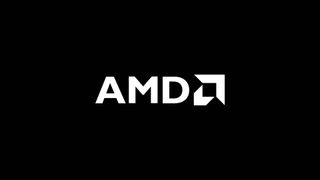How do tablets fit into your business?
Tablets may be the must-have device for consumers, but do they fit into the workplace, and if so, how? Clare Hopping investigates.
Second, iPads are very expensive to add to your IT policy. They have more use than a smartphone, but cost cash upfront, unlike a smartphone where the cost is spread over time. Tablets have less function than a PC and generally cost more, but enable mobile working.
A company can't deploy an Android tablet without first taking a trip to IT so the necessary services can be set up.
Following the launch of Android on smartphones, Android came to tablets. Unlike the iPad, Android is open source and low cost, making it perfect for a larger touchscreen device. The first version of Android's tablet-centric platform, Android Honeycomb, was released at Mobile World Congress in February this year, making it much more suited for large screened devices.
However, the cost and security issues still remained. A company can't deploy an Android tablet without first taking a trip to IT so the necessary services can be set up. They are also pretty costly and, although encryption is increasingly becoming a part of them, there are still risks involved as local data cannot be protected in the same way as it can be on a PC.
In November 2010, the BlackBerry PlayBook was announced, with businesses specifically in mind.
The PlayBook works in a completely different way to any other tablet devices out there. Although the screen may be small (a disappointment to many), you can only access Exchange services through your BlackBerry smartphone, in most cases set up by IT managers. This means when the Bluetooth connection is broken, nothing important will remain on the tablet, making a lot more secure and more suited to business.
In fact, RIM has primarily targeted the enterprise market with the PlayBook, those that have an existing BlackBerry policy in place. The PlayBook can be deployed quickly and with no input from IT managers at all, saving a company time.
Get the ITPro. daily newsletter
Receive our latest news, industry updates, featured resources and more. Sign up today to receive our FREE report on AI cyber crime & security - newly updated for 2024.
The PlayBook can also save money, because the Wi-Fi only version is a one-time investment of 320 excluding VAT. Sure, it may not be as cheap as a smartphone, but the ease is certainly a strong nod.

Clare is the founder of Blue Cactus Digital, a digital marketing company that helps ethical and sustainability-focused businesses grow their customer base.
Prior to becoming a marketer, Clare was a journalist, working at a range of mobile device-focused outlets including Know Your Mobile before moving into freelance life.
As a freelance writer, she drew on her expertise in mobility to write features and guides for ITPro, as well as regularly writing news stories on a wide range of topics.




